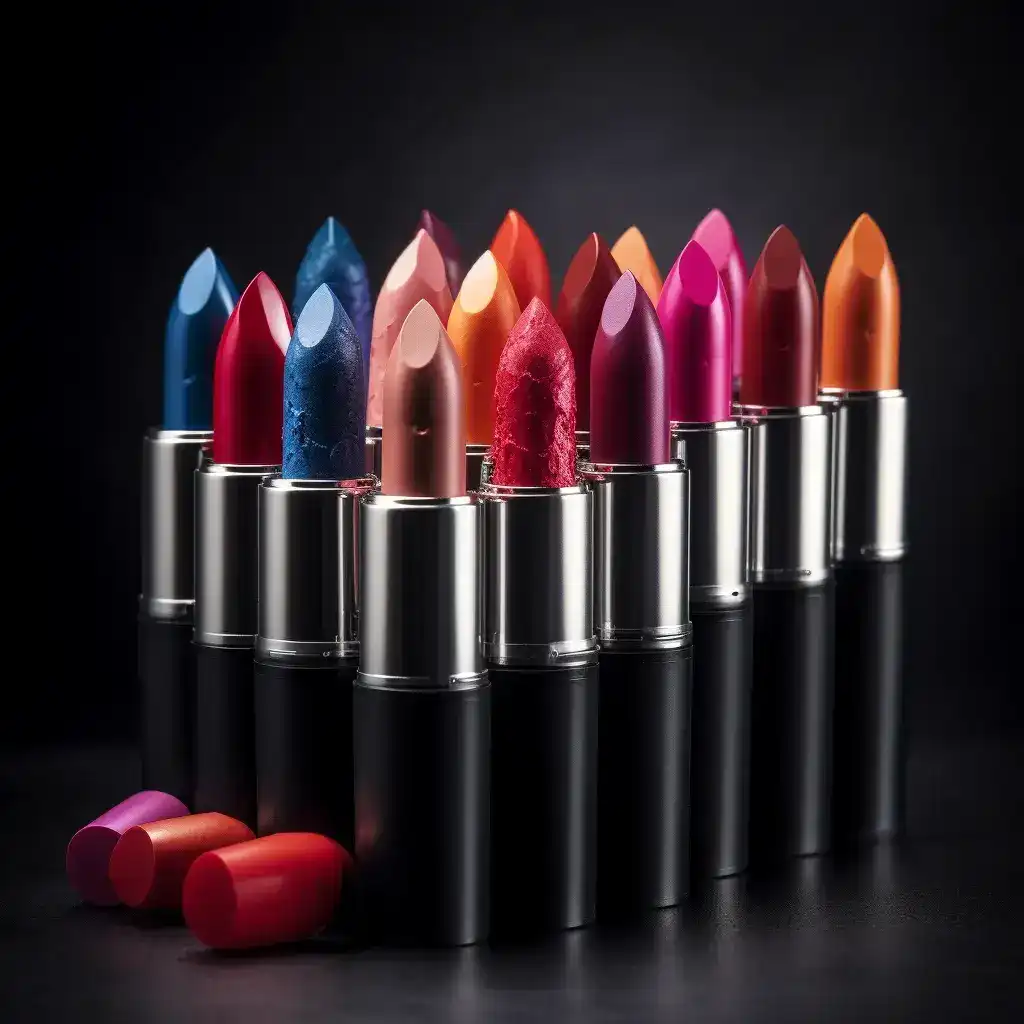Custom lip balm scents and flavors are formulated and tested for quality through a series of rigorous processes to ensure safety, consistency, and efficacy.
Here’s an overview of how this is typically done:
- Formulation Development:
- Flavor and fragrance experts work to develop formulations that achieve the desired scent and flavor profiles for the lip balm.
- They select high-quality natural or synthetic ingredients, such as essential oils, flavor extracts, or fragrance compounds, to create the desired aromas and tastes.
- Formulations may be adjusted and refined through multiple iterations to achieve the desired balance and intensity of scent and flavor.
- Ingredient Selection:
- Careful consideration is given to the safety and regulatory compliance of all ingredients used in the formulations.
- Ingredients are sourced from reputable suppliers known for their quality and purity.
- Testing for Safety and Compliance:
- All ingredients undergo rigorous safety testing to ensure they meet regulatory standards for use in lip care products.
- This may include testing for potential allergens, irritants, or harmful substances to ensure consumer safety.
- Sensory Evaluation:
- Trained sensory panels evaluate the scent and flavor profiles of the formulations to assess their quality, intensity, and overall sensory experience.
- Panelists provide feedback on aspects such as aroma, custom lip balm taste, mouthfeel, and aftertaste.
- Stability Testing:
- Formulations undergo stability testing to assess their shelf life and resistance to environmental factors such as temperature, light, and humidity.
- Stability testing helps ensure that the scent and flavor of the lip balm remain consistent and stable over time.
- Compatibility Testing:
- Lip balm formulations are tested to ensure compatibility between the flavor or scent ingredients and other components of the product, such as the base formula, packaging materials, and preservatives.
- Compatibility testing helps prevent undesirable interactions or changes in scent or flavor that could occur during storage or use.
- Consumer Testing:
- Finished lip balm products may undergo consumer testing to gather feedback on scent and flavor preferences, as well as overall product performance.
- Consumer feedback helps identify areas for improvement and ensures that the final product meets consumer expectations.
- Quality Control:
- Strict quality control measures are implemented throughout the manufacturing process to monitor and maintain the quality of the lip balm formulations.
- Batch testing is conducted to verify the consistency and integrity of the finished products before they are released for sale.
By following these comprehensive processes, manufacturers can formulate and test custom lip balm scents and flavors to ensure they meet high standards of quality, safety, and consumer satisfaction.
